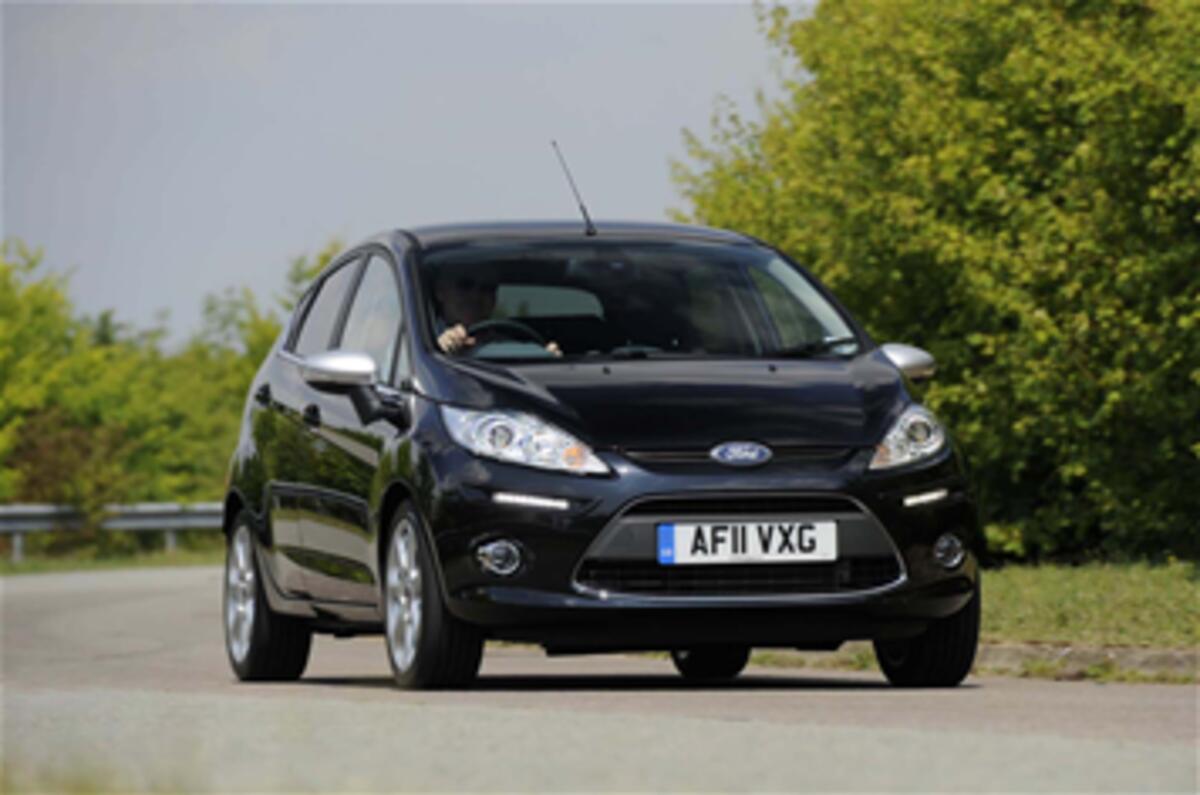The new car market showed signs of stability in the first month of 2012, with a total of 128,853 new car registrations in January, according to the analysis by the Society of Motor Manufacturers and Traders (SMMT).
That total was 42 cars more than January 2011’s total of 128,811 and represents a scant 0.03 per cent year-on-year rise.
But with the global economy still taking a battering, that stable market performance was a positive sign, according to the SMMT’s chief executive, Paul Everitt.
“The January new car market held firm with 128,853 registrations, marginally up on January 2011, a welcome sign of stability in uncertain economic times,” he said.
One of the key themes of January’s sales was the continuing increase in sales of diesels and alternatively fuelled vehicles.
Diesel’s market share grew from 50.5 per cent in January 2011 to 53.7 per cent this year, as motorists sought improved fuel efficiency, while registrations of alternatively fuelled vehicles rose by 17.7 per cent in the month.
Although alternatively fuelled vehicles still only account for 1.6 per cent of total new car registrations, the sector has enjoyed healthy growth over the past three months, helped by new vehicles hitting the market.
“2012 is set to be an exciting year with record numbers of new models coming to market filled with innovative technology that will save the motorist fuel, enhance comfort and further increase levels of safety and security,” said Everitt. “However, to maintain market stability, government must act decisively and deliver much needed confidence to businesses and consumers.”
The first month of the year traditionally accounts for about seven per cent of the year’s car sales, with the market preparing itself for a bumper March, when the ‘12’ plate registrations will start.
The SMMT predicts that the new car market is expected to remain stable in 2012, dipping just one per cent to 1.92 million units in 2012, before recovering in 2013.
The Ford Fiesta maintained its position as the UK’s best-selling car, racking up 7824 sales during January.
January 2012’s best sellers
1 Ford Fiesta 7824 units sold2 Ford Focus 56433 VW Golf 39924 Vauxhall Corsa 36245 Vauxhall Astra 33406 VW Polo 28987 Vauxhall Insignia 27198 Nissan Qashqai 26279 Audi A3 238010 Peugeot 207 2364






Join the debate
Add your comment
Re: New car sales stable in January
Re: New car sales stable in January
www.smmt.co.uk has an Excel spreadsheet of the full figures. The big drop was BMW selling 2,500 less cars in January 2012 than in January 2011 though perhaps that's because people are waiting to take delivery of the new 3 series this month after its launch. I didn't see stats about the types of cars involved in the alternate fuel figures and they're certainly not in the spreadsheet but I'm sure they'll be there somewhere
Re: New car sales stable in January